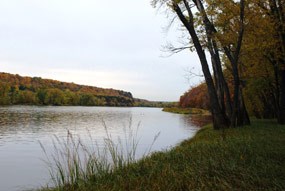
NPS This area, located between the Soo Line High Bridge and north Stillwater, is one of the most scenic of the Lower St. Croix National Scenic Riverway. 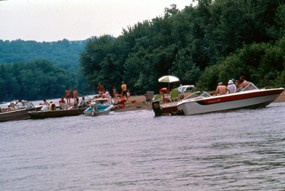
NPS House boats, pontoons, cabin cruisers, runabouts, and fishing boats are all common in the Stillwater Islands. The islands provide a great place to picnic, swim, camp and just hang-out near the water. Water has always been a source of enjoyment and inspiration. Anyone who has had to carry a bucket full also knows that water is very heavy. A bathtub full weighs nearly a ton! 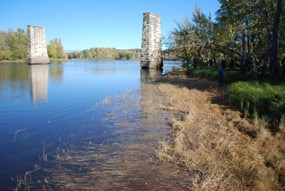
NPS 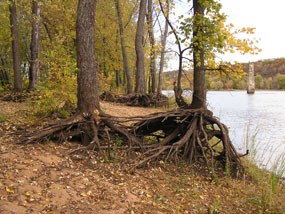
NPS 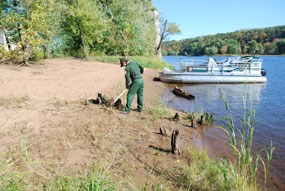
NPS Because the islands are so well loved and are an important natural feature of the Riverway, the NPS sought how to restore and protect them for the future. Pillar Island was chosen to restore. The site was small, about 80 feet in length and 30 feet wide. The project did not displace any visitors as boats cannot be landed directly in front of the site. That is because dead tree stumps stick up at the water’s edge. 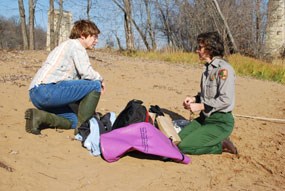
NPS The NPS had partnered with the Minnesota's Washington Conservation District who brought their expertise in ecological restoration to the project. The strategy was to reestablish native plants to protect the shoreline. 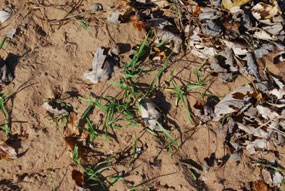
NPS Restoration activities began in 2008 with the planting of a cover crop of winter wheat. By early November of 2008, the seed had sprouted. The hope from planting the winter wheat is that the seeds continued to grow under the snow and provide protection of the site from spring flood waters. 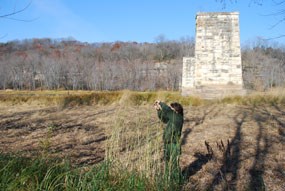
NPS NPS also collected native grass and forb seeds from Pillar Island that fall and seedlings were grown and planted in the summer of 2009. 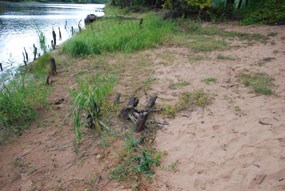
NPS This image is a “before photo” taken in September 2008. |
Last updated: September 6, 2021
